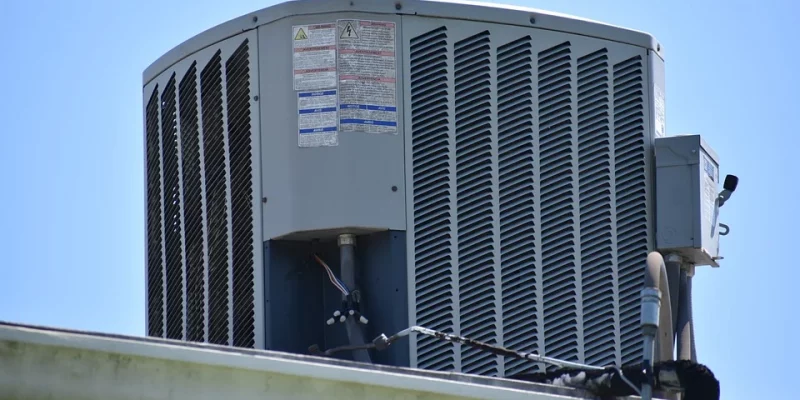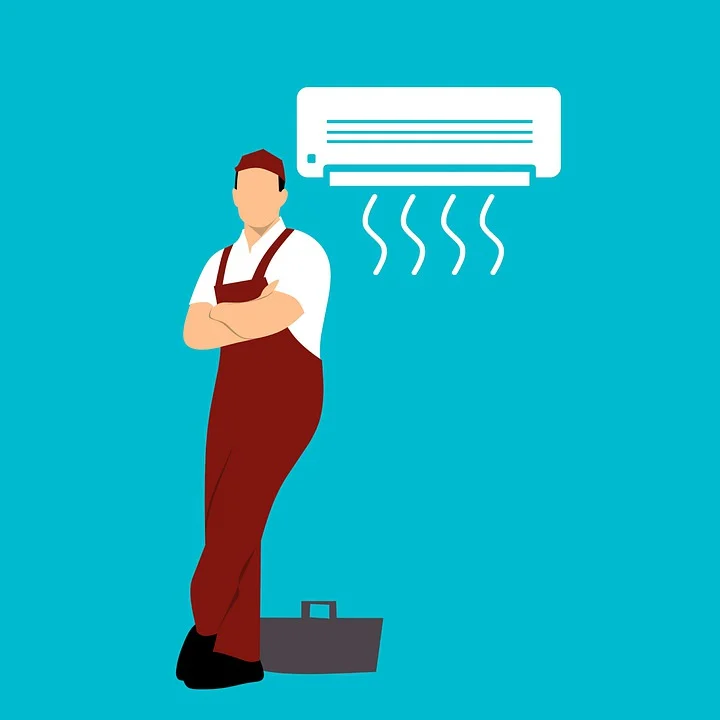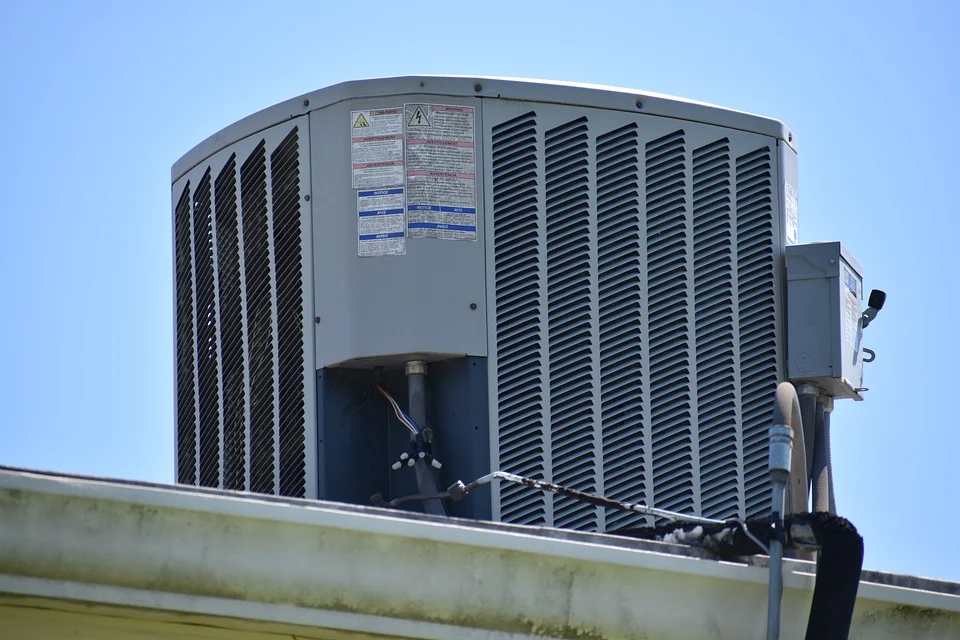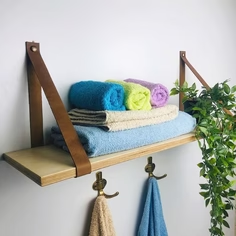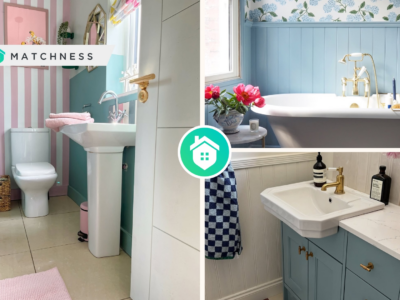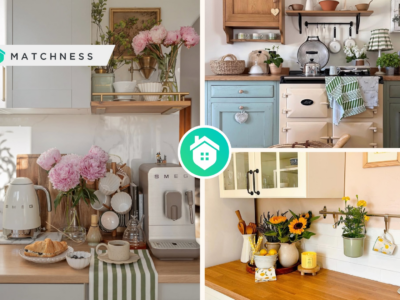A clean air filter is an important part of keeping your HVAC system running smoothly. A dirty or clogged air filter can cause a significant decrease in efficiency, which will increase the amount of money you spend on heating and cooling costs. When choosing an air filter for your home, there are four things to consider: size, cost, efficiency rating, and type. This article will talk about each one below.
Size
One of the primary things that you need to consider when choosing an air filter is its size. The size of the filter will affect your system’s efficiency and how much it costs to run, so you want to get a model that matches up with what your HVAC unit needs for optimal performance. Take time to explore online sources where you may come across a website dedicated to air filters. This will provide you with a good insight into the different sizes of air filters available. Generally, there are two different types of sizing: physical dimensions and MERV rating.
Physical Dimensions
The physical dimensions of an air filter are its thickness, length, and width. For most central AC units, the standard size for a return-style filter is 20x25x¼ inches (20” by 25”). If your system uses an odd-sized or round HVAC unit you will want to measure it before purchasing any filters.
MERV Rating
MERV stands for Minimum Efficiency Reporting Value, which is a rating of the filter’s ability to remove airborne particles from your HVAC system. Seven different classifications range from MERV 11-16 with 16 being the best and most effective at getting rid of contaminants in your air. The higher the number, the better it is at eliminating small particles in your air.
Efficiency Rating
This is another factor to consider when deciding on an air filter because the higher the efficiency, the more money you will save on energy costs. Efficiency ratings are measured by the MERV rating and look to see how well a filter can trap contaminants that pass through it. The lower the efficiency, or MERV score, generally means there is more airflow but also allows for increased levels of dirt particles to make their way into your system.
Type
You should also consider the type of air filter you need when making a purchase. There are three different types: disposable, electronic, and washable filters.
Disposable Filters
This is the most common kind of air filter used in homes today because it is inexpensive and easy to replace once it becomes dirty or clogged with dirt particles. Disposable air filters typically have a higher MERV rating to trap more contaminants. Thus, go for a disposable filter if you suffer from allergies or respiratory problems.
Electronic Filters
This kind of air filter uses an electrostatic charge that attracts dirt and other particles in the air so they can be trapped inside. While this is much better for your system than using a disposable filter, its upfront cost tends to be higher. The good thing about this type of air filter is that it can be used for a longer period before you need to replace them.
Washable Filters
This kind of air filter is typically much more expensive than the other two types, but they offer several benefits such as filtering out larger particles and remaining effective throughout its lifetime. The downside to this kind of air filter is that it needs to be cleaned regularly for your system to work properly. In this case, opt for a washable filter only if you are willing to maintain it or pay someone else to do so.
Cost
Another important consideration when buying an air filter is its cost. Filters typically come with a price range of about $20 to upwards of $100, so you don’t want to choose one that’s too expensive for what you need. For instance, if you have a smaller home, you may not want to buy a filter that’s for a much larger home as it may be overkill for you.
With these factors all considered, you will have a much easier time finding the right type of air filter for your HVAC unit. Keep in mind that with the right air filter, your health and home will be healthier. Finding a great air filter to buy is not that hard if you consider the things listed above. If you take into account all of these factors in your decision-making process, chances are good that you’ll end up with an efficient product at a price point that fits within your budget.


